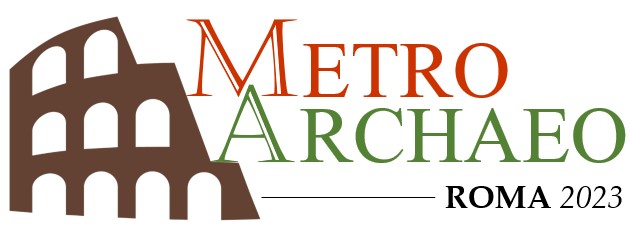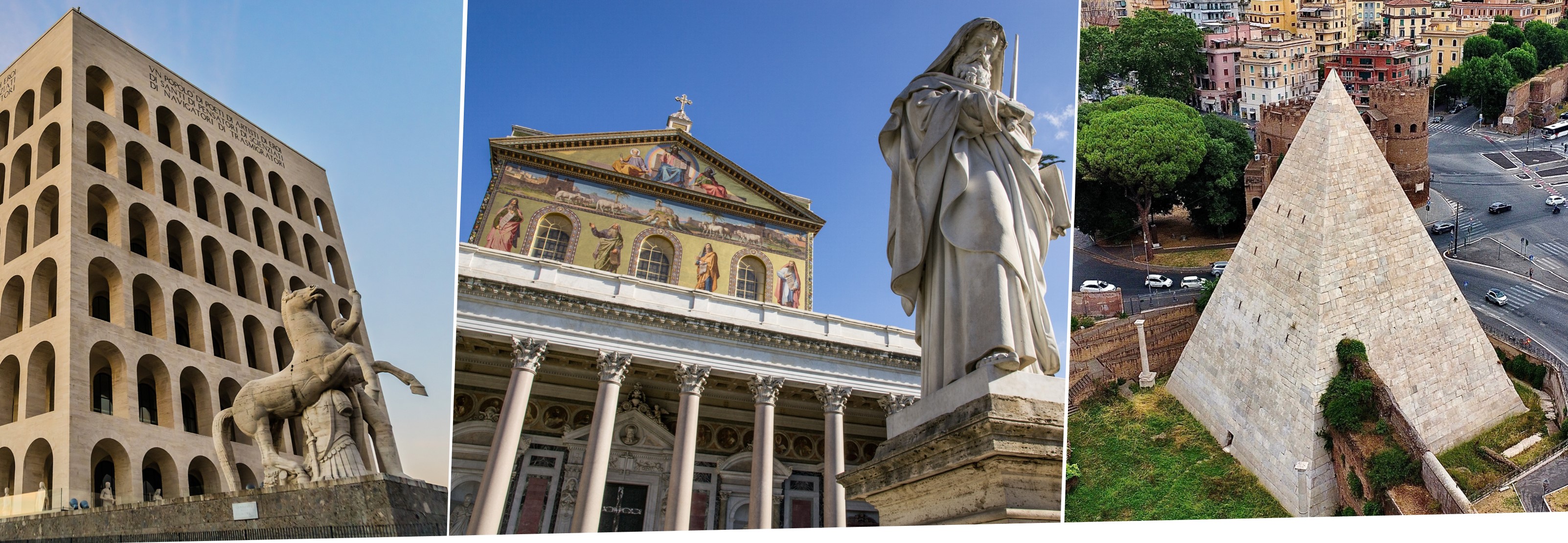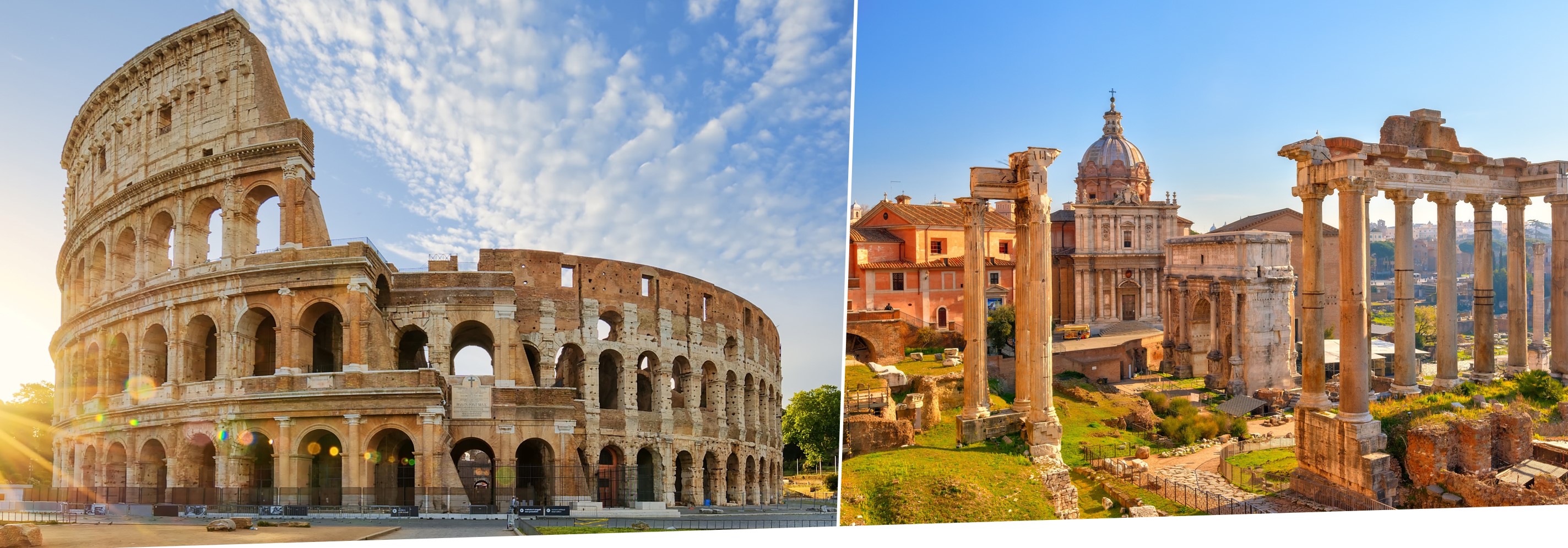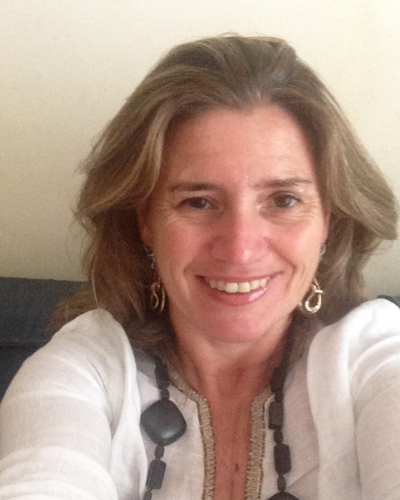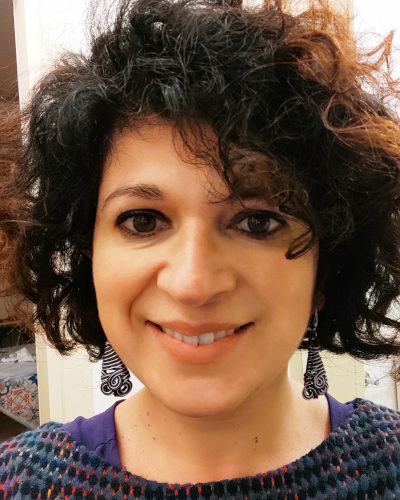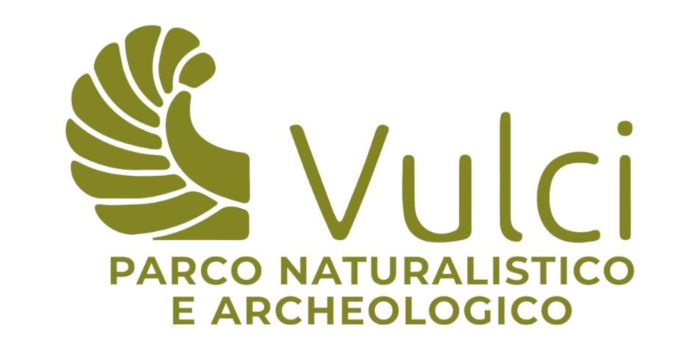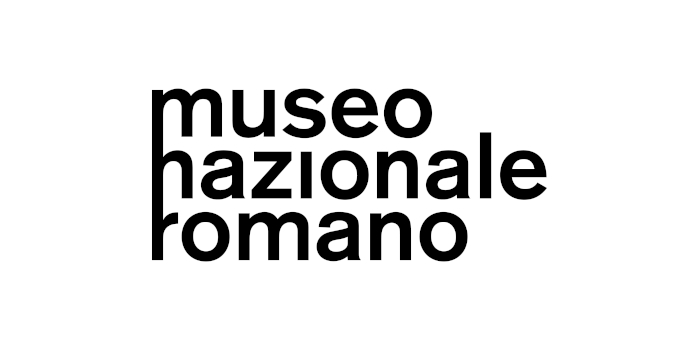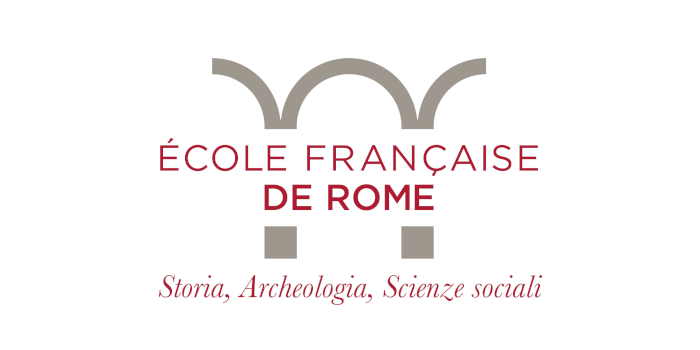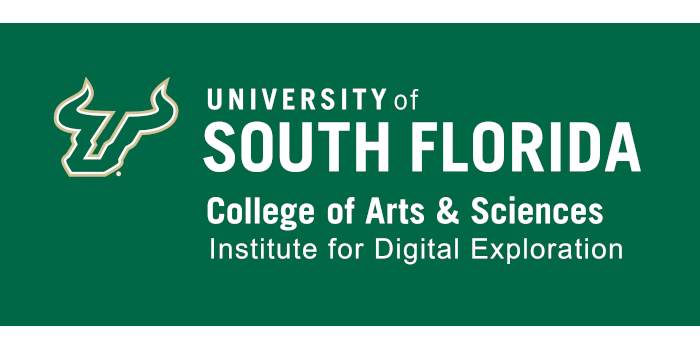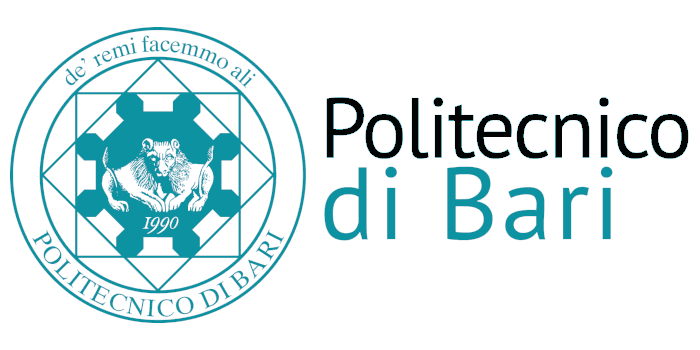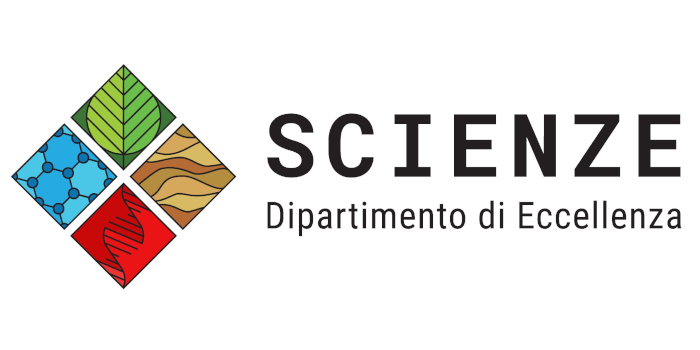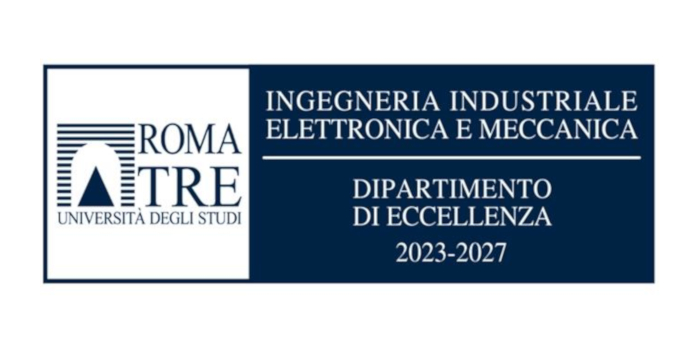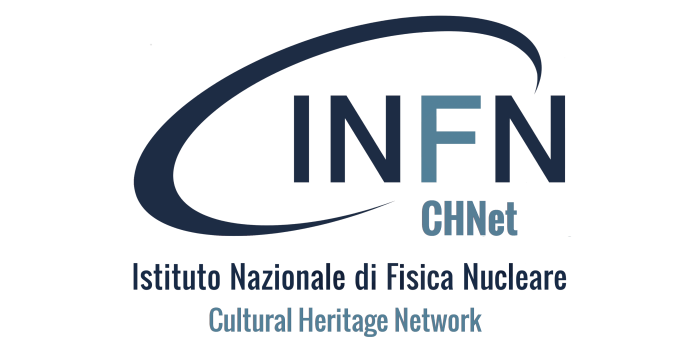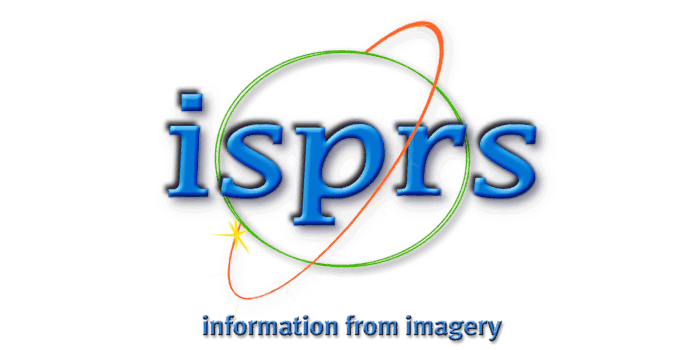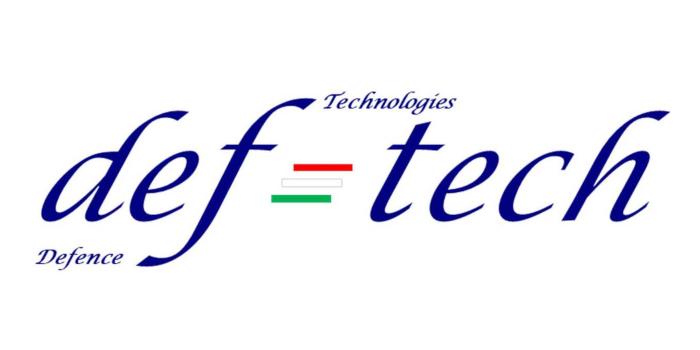SPECIAL SESSION #23
Organic components in archaeological findings and works of art: current challenges in their identification and characterization
ORGANIZED BY
Leila Birolo
University of Naples Federico II, Italy
Giulia Germinario
Institute of Cultural Heritage Sciences - CNR
ABSTRACT
Organic components can be found in a wide array of historically relevant objects ranging from archaeological artefacts and remains to artworks as constituents of paint materials, decorative layers, coatings, textiles, books, including cosmetics, medicines, perfumes, food in potteries and so on.
Since ancient times, natural organic materials have been employed, as well reported by Plinius the Elder and Vitruvius, and archaeological excavations constantly returns objects such as pottery and materials of organic nature that have been collected, processed and used by humans over time. Organic compounds are intrinsically highly prone to degradation, making their identification and characterization extremely challenging both in terms of sensitivity as well as of degradation products.
Developments in organic components analysis have been largely driven by developments in analytical chemistry, making possible to resolve the many biomolecular compounds often present in natural complex mixtures. Furthermore, the high sensitivities of the instruments are especially compatible with the extremely low concentrations of the single components.
MAIN TOPICS
This special session aims at collecting contributions including (but are not limited to) :
- Diagnosis, characterization, and technology of organic components in archaeological contexts and artistic objects;
- In search for innovative, non-invasive analytical methods for the organic components in ancient materials;
- Development of new procedures for the analysis of organic material in cultural heritage objects;
- Rationalizing degradation mechanisms of organic components in different environmental contexts;
- Chromatographic, spectroscopic, and mass spectrometric techniques for organic components in cultural heritage objects;
- Immunochemistry for cultural heritage objects.
ABOUT THE ORGANIZERS
Leila Birolo is an associate professor in Chemical Biology at the University of Naples Federico II. Her scientific activity is focused on the application of proteomic strategies to cultural heritage, and more widely, to the characterisation of organic material in artistic and archaeological objects. This interest, that dates back to the end of the first decade of the new millennium, came as a natural evolution and takes advantage from her research track as chemist that explored different aspects of protein chemistry that are all now exploited in the challenging task of studying proteins in work of art and archaeological findings, in the wide field of chemistry applied to cultural heritage. Her research focuses mainly to the development of new tools for detection and identification of proteins in a minimally invasive way and to the analysis of deterioration of ancient proteins in the search for aging biomarkers and/or in a preservational perspective. She published several papers on the application of proteomics in the field of cultural heritage, received fundings and presented her works in the field to national and international audiences.
Giulia Germinario is a researcher at the Institute of Cultural Heritage Sciences - National Research Council (ISPC – CNR). She received the M.S. (cum laude) in Science and technology for the diagnostic and conservation of Cultural Heritage (2009) and the PhD and Doctor Europaeus degrees in Chemical and Molecular Science (2015) at the University of Bari. The MS and the PhD thesis were focused on the chemical characterization and biocleaning of graffiti materials. She achieved more than 6 years of research experience (from 2015 to 2021) in the field of Materials Chemistry, Organic Chemistry, and Conservation Science at the University of Bari, Central Institute for Restoration (Rome), University of Urbino and CNR-ISPC in Lecce. During this period, she has gained excellent knowledge of characterization of painting materials using no-invasive (multispectral camera, colorimetric analyses, XRF and Raman spectroscopy) and micro-destructive analyses (SEM-EDS spectroscopy and PLM on cross-sections, FTIR spectroscopy, GC-MS and Py-GC-MS analyses). She has analysed paintings on wood and canvas, frescoes, contemporary mural paintings, varnishes, and synthetic resins. Her present research studies concern applications of GC-HRMS for the analyses of organic residues from ceramic finds, of protective materials patinas of buildings and of organic binders and of the Py-GC-MS for the analyses of contemporary paintings and synthetic protective materials. Her research is also focused on the application of Micro-FTIR imaging and mapping to the materials of cultural Heritage. She published on national and international journals, book and conference proceedings and she presented her works on several national and international conferences. She gives courses at the Central Institute for Restoration in Rome and in Matera.
